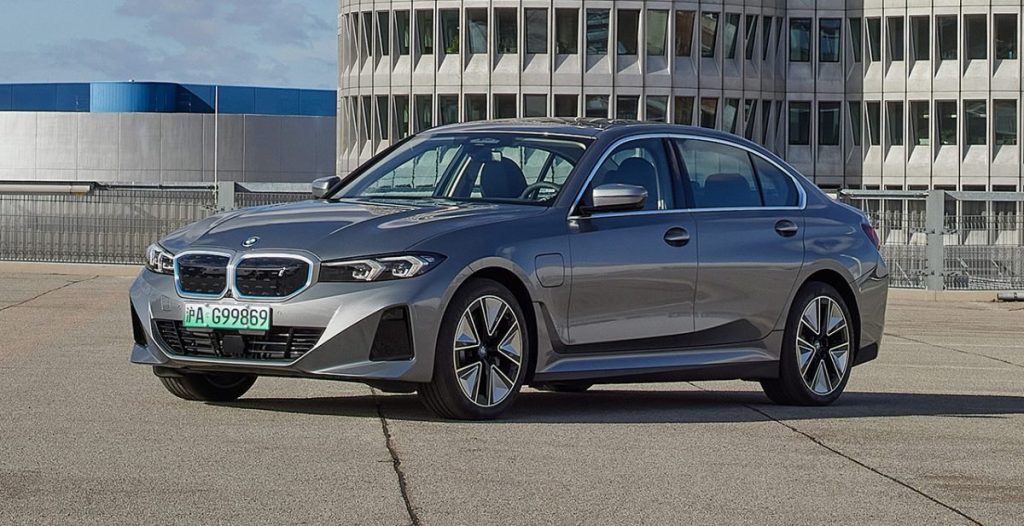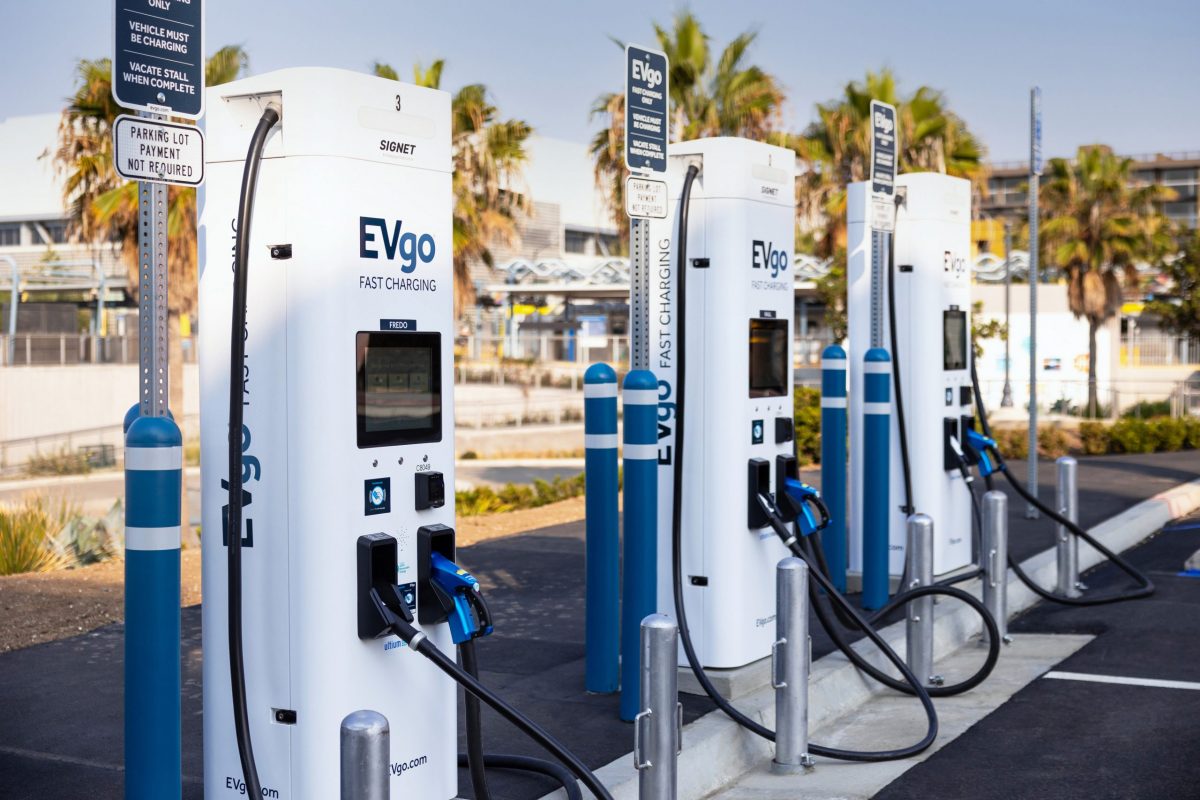Despite post-pandemic global supply chain disruptions and looming recession, 2022 has seen electric vehicle (EV) sales break records. As consumers contend with rising costs of fuel for conventional vehicles, some have been discouraged from making the switch to EV in light of increasing energy costs. Nevertheless, according to the International Energy Agency (IEA), the number of electric car models is now over 450, giving consumers greater choice. Reporting in May 2022, it said, “In Europe, EV sales rose 65% in 2021, to 2.3 million, and the US arrested two years of declines to post growth of 630,000. China continues to lead the pack, accounting for half of global growth.”
It goes without saying, where there are strong EV sales, there is greater need for EV fluids. Both oil and EV fluid manufacturers, Fuchs and Lubrizol expect North America and Asia, specifically China, to offer the most growth potential. It’s easy to understand why. The IEA report notes that smaller cars in China, which are cheaper to manufacture, are the key to greater uptake, “A mere 10% difference exists between the sales-weighted median price of EVs and conventional vehicles in China. In other regions, the difference can be up to 45-50%.”
Similarly, India’s Faster Adoption and Manufacturing of Electric vehicles (FAME) scheme is now in its second phase. Such campaigns, supported by significant investment from government, are set to push penetration of electric mobility, whether passenger car, bike or electric rickshaw—where the latter offer greater affordability, through subsidies and incentives.
Smaller cars in China, which are cheaper to manufacture, are the key to greater uptake
The IEA report goes on to highlight that “EV sales are lagging in emerging and developing economies. Fewer than 0.5% of car sales are electric in India, Indonesia and Brazil, the second, fourth and sixth most populous nations in the world.”
While these developing economies could arguably benefit most from leapfrogging conventional vehicles and building out EV infrastructure from the get-go, it is not that easy. Brazil, India and Indonesia sit within the equatorial band where air temperatures have crept into the 50s in the past—and that’s 50 degrees Celsius, not Fahrenheit. Johannes Helmich, Chief Technology Officer at TI Fluid Systems, explains, “EV batteries perform at their best within a specific, and narrow, temperature range, and that is where thermal management comes in. To enable a battery to stay within its narrow operating parameters, we must control its temperature effectively and efficiently. The same principles apply to the electric drive system. If you want to produce a compact and efficient electric drive architecture, you can’t do it without effective thermal management.”
Thomas Kraft, Business Development Manager E-Mobility at Fuchs Global OEM division, says “When charging EVs, up to 350kW already flows through the cable. However, electric trucks will require an even faster charge rate in the future. In other words, things are going to get very hot.”

While the rise of EV sales are dominated by passenger and light commercial vehicle sales, the application to heavy-duty vehicles is inevitable. While it declines to share any sales data, the team at Fuchs also cites raw material constraints and regional chemical inventories as challenges to the EV fluid market growth, in addition to varying operating environments.
Such challenges may prompt a greater focus on hydrogen fuel-cell propulsion, invoking a shift in market growth. According to IEA, “South Korea and the US represent in excess of 60% of global FCEV stock…South Korea maintains the lead in deploying fuel cell electric vehicles (FCEV) with 19,000 vehicles deployed.”
Helmich says, “Switching to hydrogen is essentially a switch in the source of energy, with hydrogen being converted into electric energy via the fuel cell to power the electrified drivetrain. In that sense, the requirement for additional developments in EV fluid is clearly focused on the hydrogen storage, its high-pressure lines, and for sure the fuel cell itself.”
Gareth Fish, Technical Fellow at The Lubrizol Corporation, explains “FCEVs are much lighter than battery electric vehicles (BEVs) due to the hydrogen tanks being lighter than batteries for the same class of vehicles. This lower weight puts less stress on some vehicle systems such as steering and wheel bearings and should allow them greater durability or allow for improved component weight optimisation.”
Fewer than 0.5% of car sales are electric in India, Indonesia and Brazil, the second, fourth and sixth most populous nations in the world
The lack of material standardisation also poses a significant challenge for EV fluid manufacturers. The IEA report concludes “a 60% share of sales is necessary by 2030 to align EV sales with the target of net-zero carbon dioxide emissions by 2050.” To meet this, Geoff Wallman, founder of Intelligen International, suspects a shift in chemistries, “In order to meet future needs [in any market], it is possible EV designers will be looking towards self-extinguishing heat exchange fluids and intumescent barriers around lithium battery packs..I suspect this may become a regulated area of car design since extinguishing lithium-based fires is currently challenging for conventional firefighters and their equipment.”
In countries where the climate is warmer, battery performance and range can be compromised more easily and emergency services may not have the equipment to safely manage battery fires, there is even more pressure on fluid manufacturers to find new formulations to control the thermal flow and limit the spread of any potential fire in the event of a thermal runaway. Of course, where there is challenge, there is also opportunity.




